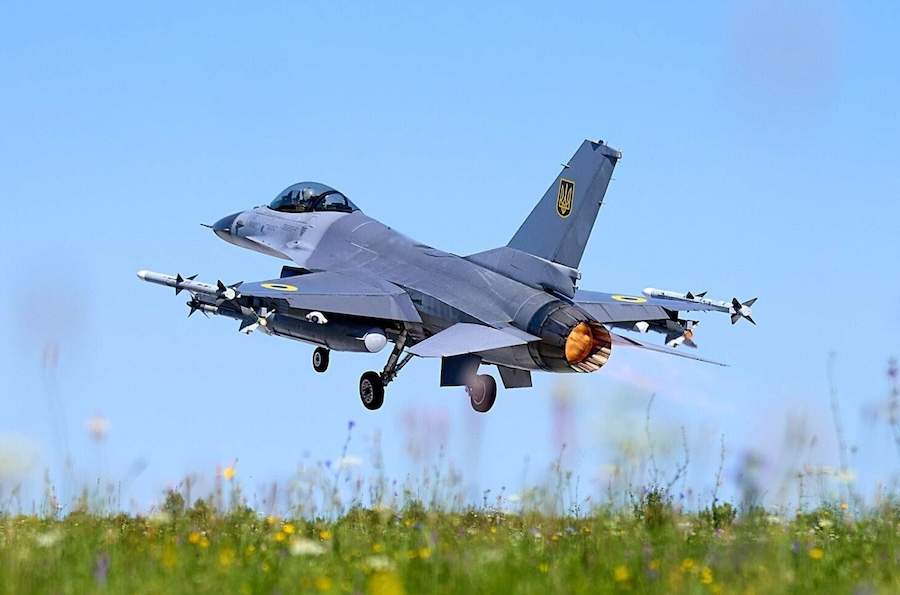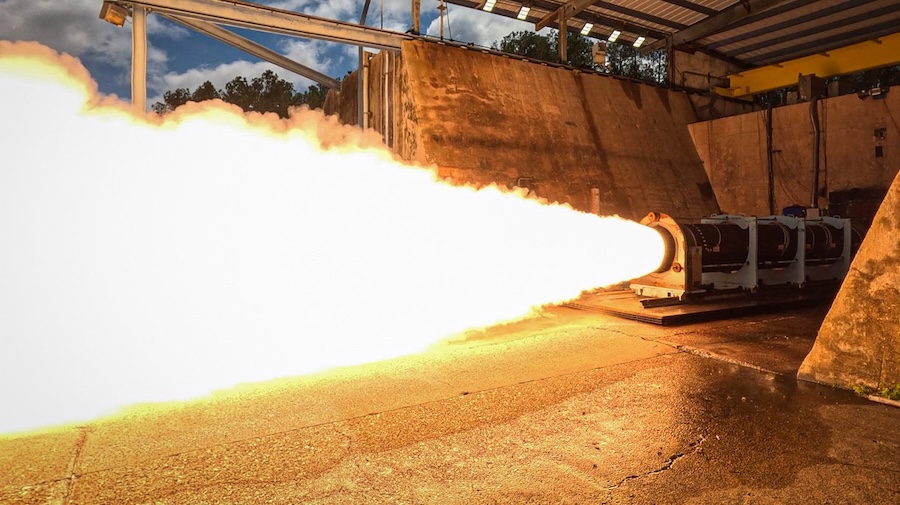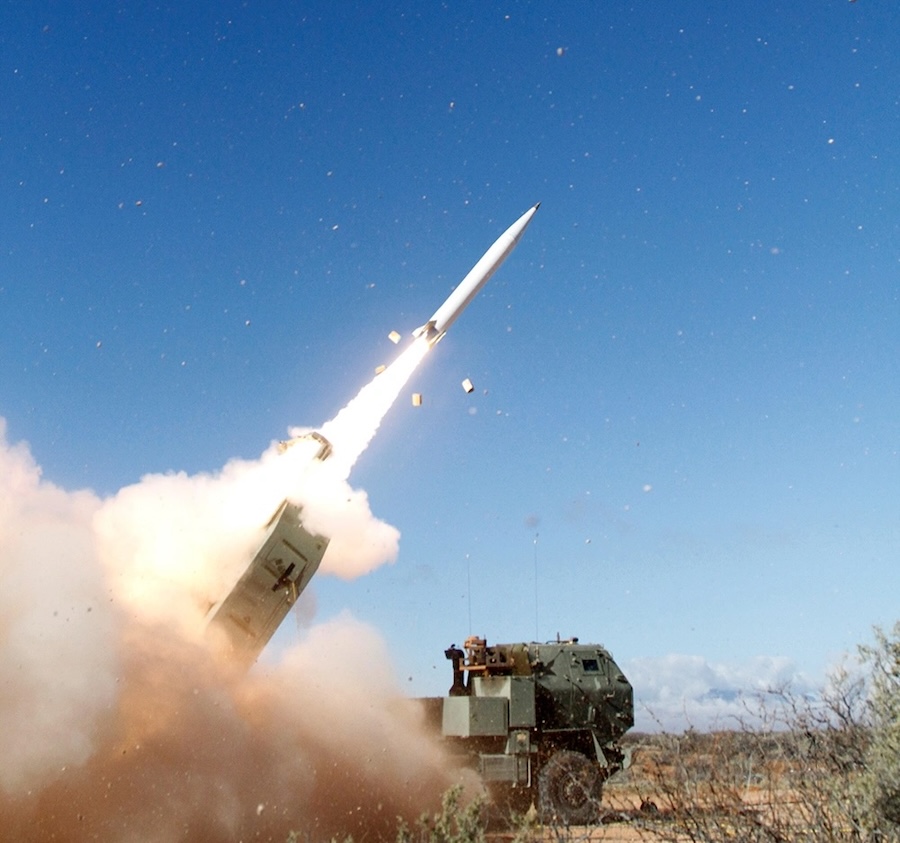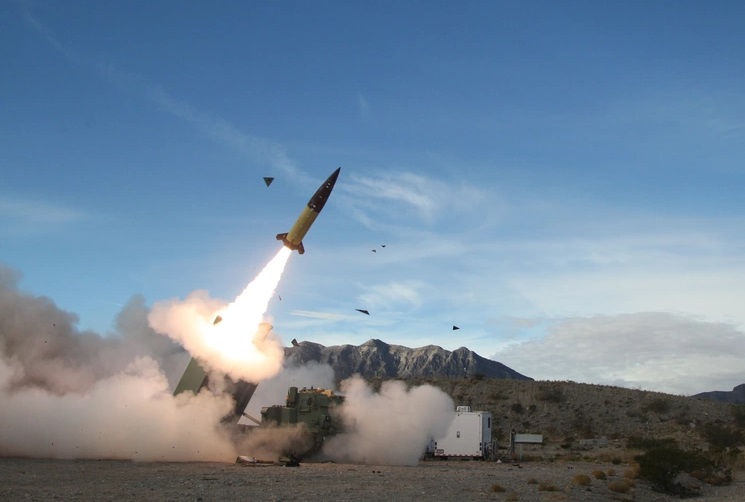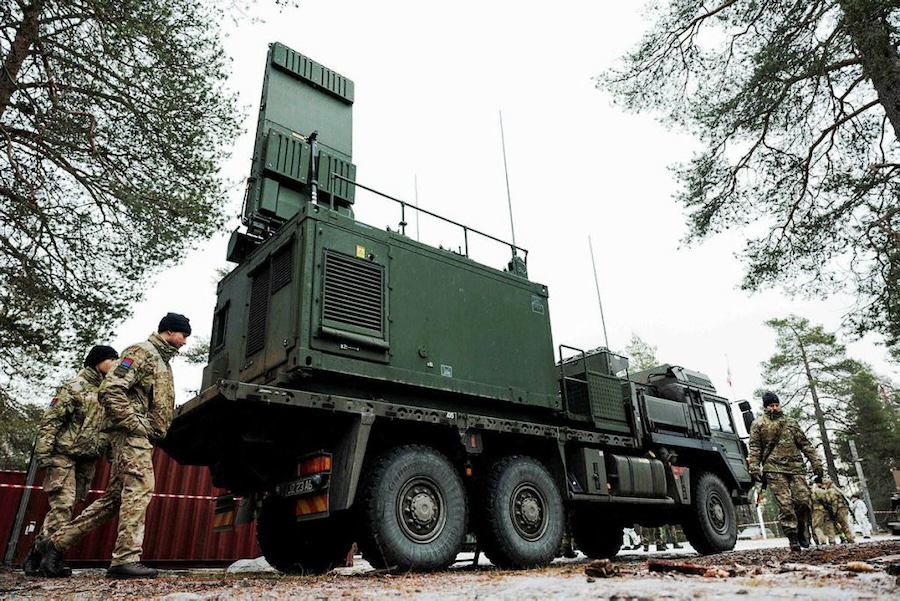Rear Admiral John Lemmon, Program Executive Officer for Tactical Aircraft Programs, praised the system’s impact on naval operations. He stated, “Next Generation Jammer Mid-Band improves our fleet’s warfighting advantage in the electromagnetic spectrum, allowing our aviators to execute missions safely in contested airspace.”
The NGJ-MB system was deployed for the first time aboard the USS Abraham Lincoln (CVN 72) as part of the Abraham Lincoln Carrier Strike Group’s recent five-month deployment. During this mission, Electronic Attack Squadron (VAQ) 133 utilised the system in combat scenarios, showcasing its advanced capabilities to disrupt enemy radar and communications systems.
Achieving IOC marks a major milestone in the system’s development, signalling that it is ready to meet the logistical and operational demands of carrier air wings and EA-18G Growler squadrons. Capt. David Rueter, program manager for Airborne Electronic Attack Systems, highlighted the collaboration behind the project, describing it as “a testament to the hard work, innovation, and resilience” of government and industry teams.
Developed by Raytheon, part of RTX, the NGJ-MB system incorporates cutting-edge digital and software-based technologies, including electronically scanned arrays. It is designed to complement and eventually replace the ALQ-99 Tactical Jamming System currently in use, significantly enhancing the U.S. Navy’s airborne electronic attack (AEA) capabilities.
Lt. Cmdr. Michael Bedwell, Naval Flight Officer and NGJ-MB Deputy Integrated Product Team Lead, emphasized the importance of the system for modern warfare. “NGJ-MB will boost our fleet’s ability to maintain spectrum dominance,” he said, adding that it positions the Navy to address both current and emerging threats in the increasingly contested electromagnetic spectrum.
The Airborne Electronic Attack Systems (PMA-234) program is responsible for the development, delivery, and sustainment of AEA systems, ensuring that combatant commanders have the tools needed for mission success.













